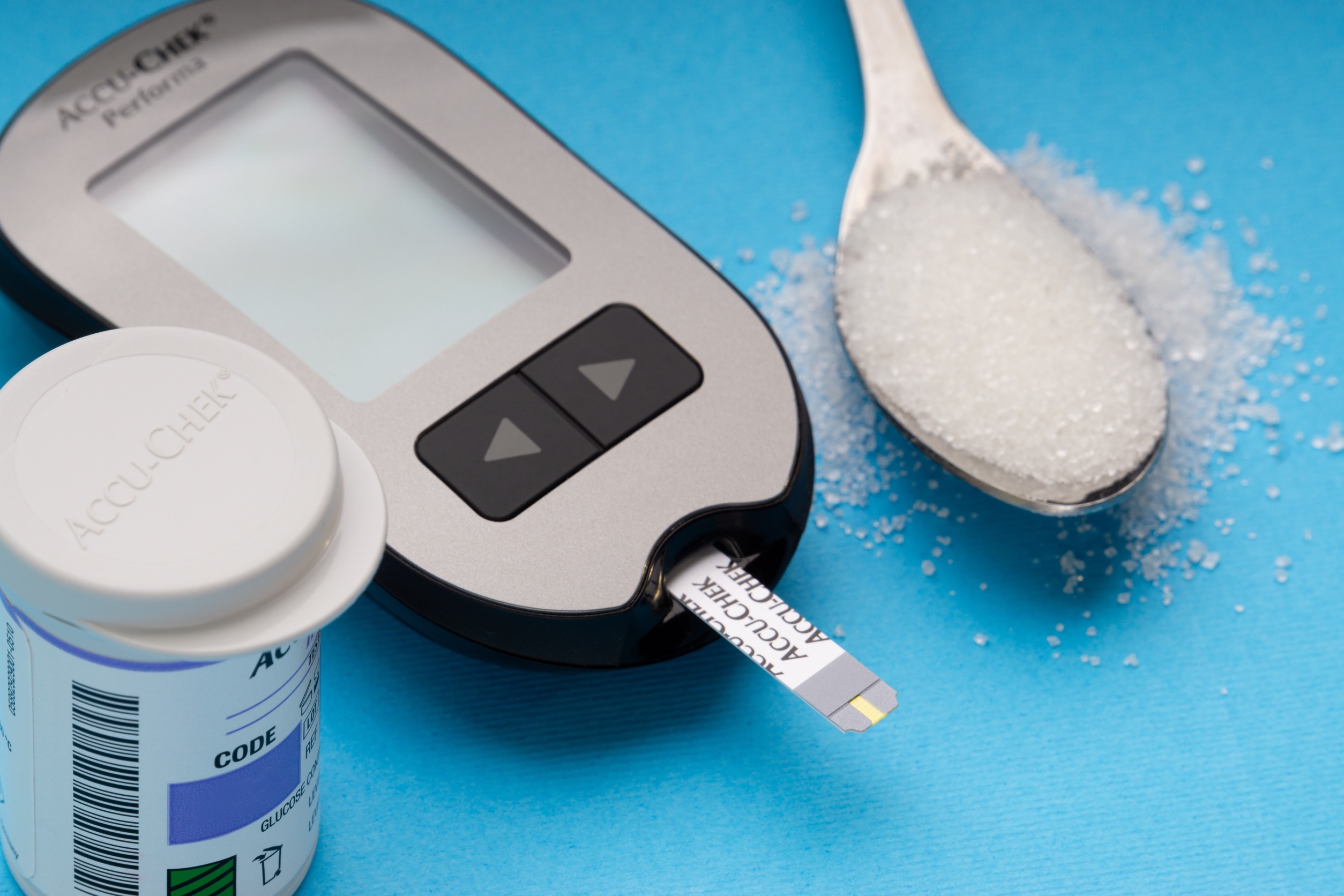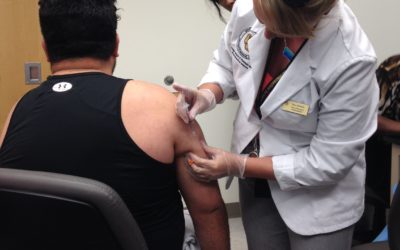Hypoglycemia, commonly referred to as low blood sugar, is a critical concern for individuals living with diabetes. Proper hypoglycemia education is essential to equip both individuals with diabetes and their caregivers with the knowledge and tools to respond promptly and effectively to low blood sugar episodes. One valuable strategy for managing hypoglycemia is the 15/15 rule. In this blog post, we will delve into the importance of hypoglycemia education, explain the 15/15 rule, and provide practical insights on its application to ensure swift and safe hypoglycemia management.
Hypoglycemia occurs when blood sugar levels drop to abnormally low levels, often below 70 mg/dL. This can be caused by factors such as excessive insulin or diabetes medication dosages, delayed or skipped meals, increased physical activity, and alcohol consumption. Hypoglycemia symptoms can vary and may include shakiness, sweating, dizziness, confusion, irritability, and weakness.
Importance of Hypoglycemia Education:
Hypoglycemia education is a vital component of diabetes management. Understanding how to recognize, prevent, and manage hypoglycemia is essential for maintaining safety and preventing complications. One effective tool in hypoglycemia management is the 15/15 rule.
Also, see our blog about a Novel Oral Medication for Type 2 Diabetes
The 15/15 Rule Explained:
The 15/15 rule is a simple yet powerful strategy to address blood sugar that is between 55-69 mg/dL. Please note that other treatment strategies are required for blood sugar that is 54 mg/dL or less as this is considered severe hypoglycemia. The 15/15 rule involves consuming 15 grams of fast-acting carbohydrate, waiting for 15 minutes, and then rechecking blood sugar levels.
Here’s how it works:
- Consume 15 Grams of Fast-Acting Carbohydrate:
Fast-acting carbohydrates are quickly absorbed by the body and can rapidly raise blood sugar levels. Examples include glucose tablets, fruit juice, regular soda (not diet), honey, or certain hard candies. First, measure and then consume approximately 15 grams of fast-acting carbohydrate. Examples of 15 grams of quick carbohydrates include:
- 4 ounces of fruit juice or regular soda
- 1 tablespoon of syrup, jam, jelly, sugar or honey
- 3-4 glucose tablets (follow instructions for the particular glucose tablets you have)
- Wait for 15 Minutes:
After consuming the 15 grams of carbohydrate, wait for 15 minutes to allow time for blood sugar levels to rise. Use a timer or watch to track the 15-minute interval.
- Recheck Blood Sugar Levels:
After 15 minutes, recheck blood sugar levels using a glucose meter. It is important to check with a glucose meter even if you use a continuous glucose monitor (CGM) because blood glucose is the most accurate measurement and CGM readings can lag behind fingerstick readings. This step is essential to confirm that blood sugar levels have returned to a safe range.
- Repeat if Necessary:
If blood sugar levels remain below 70 mg/dL, repeat the process by consuming another 15 grams of fast-acting carbohydrate and waiting for an additional 15 minutes then rechecking your blood sugar. Continue this cycle until blood sugar levels are within the target range.
Important Considerations:
Always have fast-acting carbohydrate sources readily available, both at home and on the go.
Work with a healthcare professional to determine an individualized hypoglycemia management plan. Be aware of personal blood sugar target ranges and recommended actions for severe hypoglycemia.
Conclusion:
Understanding hypoglycemia and how to treat it is an extremely important aspect of diabetes care and safety. It enables individuals with diabetes and their caregivers to respond effectively to low blood sugar episodes. The 15/15 rule is a valuable tool that empowers individuals to take prompt action when hypoglycemia occurs, ensuring swift and safe resolution of low blood sugar levels. By mastering the 15/15 rule, individuals can navigate hypoglycemia episodes with confidence.
References:
1) https://www.cdc.gov/diabetes/basics/low-blood-sugar-treatment.html
2) https://diabetes.org/healthy-living/medication-treatments/blood-glucose-testing-and-control/hypoglycemia
3) https://www.nutrition.va.gov/docs/UpdatedPatientEd/Hypoglycemia2018.pdf












